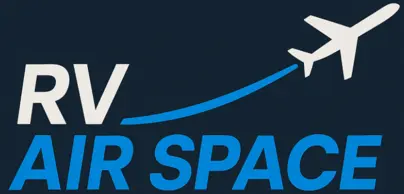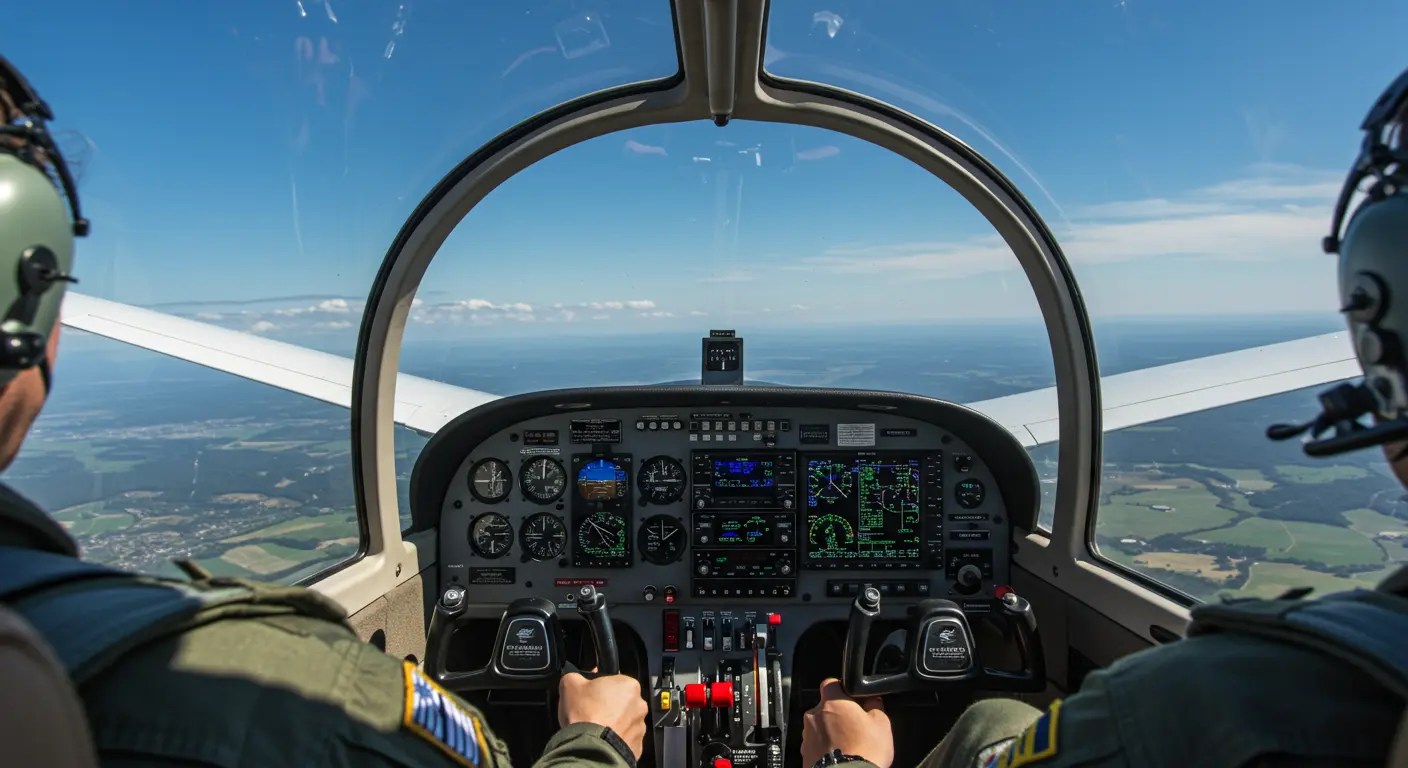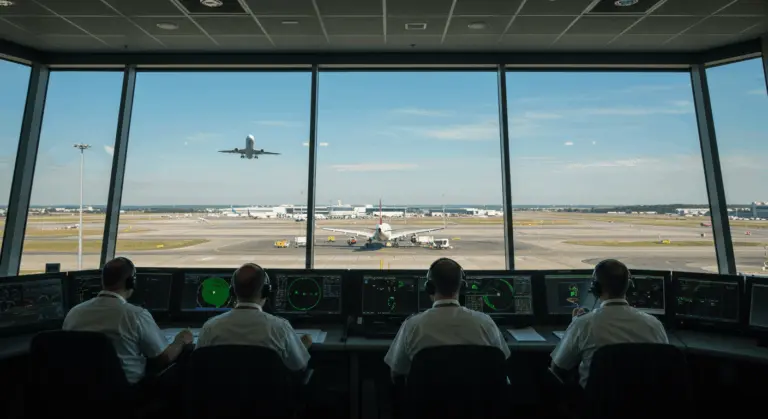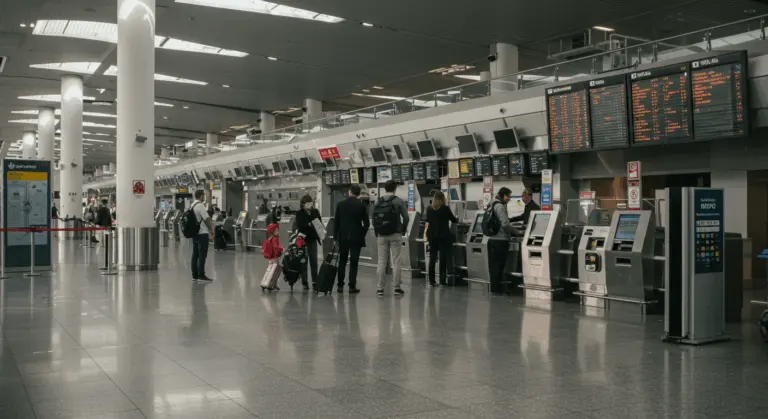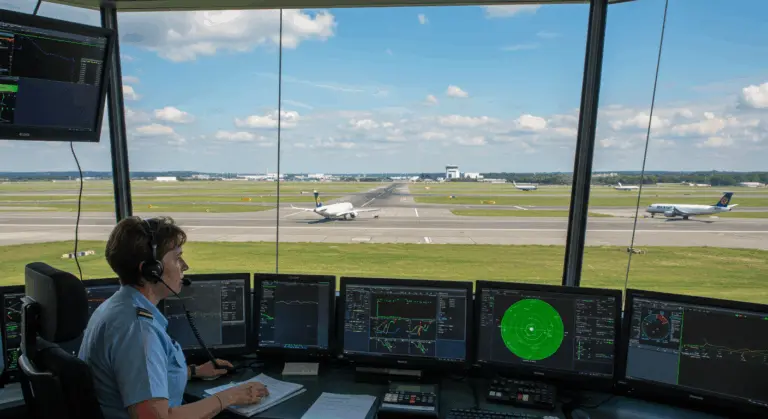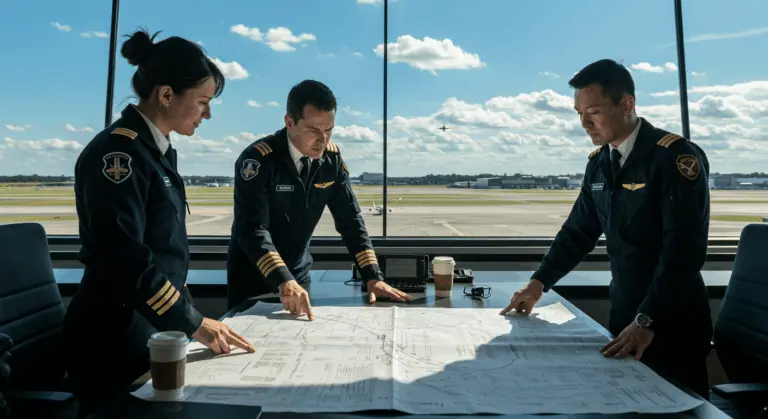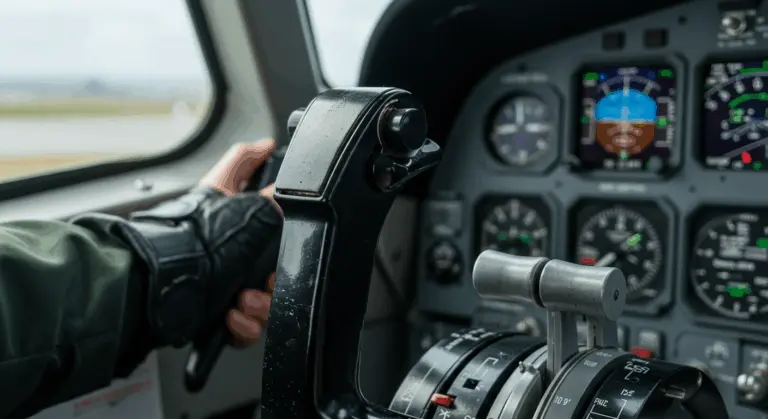Understanding the Elevator Illusion in Aviation
What is the Elevator Illusion in Aviation?
The Elevator Illusion represents a dangerous sensory deception—one where a sudden vertical acceleration from an up draft affects a pilot’s vestibular system, creating the compelling but false sensation of climbing even when the aircraft maintains level flight.
This phenomenon stems from the inner ear’s otolith organs, sophisticated sensors that interpret acceleration forces. When an up draft creates sudden vertical acceleration, these organs respond identically to how they would during an actual climb initiation. The result? A dangerous conflict between what the body feels and what’s actually happening.
This matters for flight safety because instrument discipline—pilots must cultivate unwavering trust in their flight instruments over physical sensations, particularly when visual references vanish into clouds or darkness.
Mechanisms Behind the Elevator Illusion
The illusion results from the interaction between the vestibular system and up draft forces. When an aircraft encounters a column of rising air, and that vertical acceleration directly affects the otolith organs nestled within the inner ear.
These remarkable sensory structures house tiny calcium carbonate crystals—otoliths—floating in gelatinous fluid. Under normal flight conditions, these crystals maintain relative stability, serving as our internal compass for gravitational orientation.
The brain cannot distinguish between genuine climb acceleration and this phantom signal. Both scenarios generate identical forces on the otolith organs, creating an identical sensory experience.
This illusion becomes dangerous because of its ability to trigger reflexive responses. Convinced the aircraft is climbing when it’s not, the pilot instinctively pushes forward on the controls to correct this perceived nose-high attitude. Unfortunately, this correction actually initiates a descent—potentially catastrophic when visibility is poor or terrain lurks nearby. Because this occurs at a physiological level, willpower alone isn’t enough. Only disciplined instrument reference can counter these false sensations.
Common Aviation Illusions and the FLAGS Mnemonic
The FLAGS mnemonic helps pilots remember the eight most dangerous sensory illusions that can transform routine flights into life-threatening situations.
FLAGS encompasses Inversion, Coriolis, Elevator, False Horizon, Leans, Autokinesis, Graveyard Spiral, and Somatogenic illusions. Each represents a unique way our vestibular system can betray us during flight, particularly when visual references disappear.
These illusions result from fundamental limitations in our vestibular system—an evolutionary marvel designed for terrestrial movement, not three-dimensional flight. As aircraft maneuver through complex flight regimes, the delicate fluid and crystals in our inner ear generate signals that can directly contradict reality.
Understanding FLAGS is essential for flight safety. Aviation accident investigations show that: spatial disorientation contributes to 5-10% of all general aviation accidents, with a staggering fatality rate exceeding 90%.
Overview of Each Illusion in FLAGS
The FLAGS mnemonic includes the following eight illusions:
-
Inversion: Sudden deceleration tricks the pilot into feeling a pitch-up, often triggering a dangerous dive response.
-
Coriolis: Head movement during a steady turn creates intense spinning sensations that can completely disorient a pilot.
-
Elevator: Up draft acceleration masquerades as a climb, frequently prompting unnecessary—and dangerous—nose-down corrections.
-
False Horizon: Sloping clouds or terrain become deceptive reference points, leading pilots into hazardous misalignment with the true horizon.
-
Leans: An imperceptible bank followed by abrupt correction creates the sensation of leaning in the opposite direction—the most common form of spatial disorientation.
-
Autokinesis: Stationary lights appear to move in darkness, prompting unnecessary control inputs from fixated pilots.
-
Graveyard Spiral: An unnoticed bank triggers altitude loss awareness but not turn recognition. The pilot’s instinctive pull-back tightens the spiral, accelerating descent—often fatally.
-
Somatogenic: Rapid acceleration—like during takeoff—creates the sensation of excessive pitch-up, potentially triggering dangerous nose-down inputs.
These illusions share a common thread: sensory conflicts that challenge our perception of reality. Managing these illusions requires recognition of their potential and unwavering trust in flight instruments over compelling bodily sensations.
Preventing the Elevator Illusion: Best Practices
Several proven strategies can help pilots prevent the elevator illusion. Prevention centers on disciplined instrument reference—especially when turbulence or up drafts affect the aircraft.
-
Trust Instruments Over Sensations: Trust your altimeter, VS, and attitude indicator over physical sensations. Consistent instrument cross-checking is essential.
-
Maintain a Methodical Scan: Use the attitude indicator as your primary reference, then verify with altimeter and VS. This prevents impulsive reactions to deceptive physical sensations.
-
Anticipate High-Risk Conditions: Remain especially alert in up draft-prone areas—mountainous terrain and thunderstorm vicinity present the highest risk.
-
Use Smooth Control Inputs: Feel a climb? Verify with instruments first. Smooth, measured inputs prevent dangerous nose-down overreactions.
-
Engage the Autopilot: Altitude-hold functions provide good protection against improper manual inputs during turbulence—but vigilance remains essential.
-
Manage Trim Properly: Proper trim creates pitch stability, providing time to assess the situation through instruments rather than reflexes.
Training Techniques for Pilots
Effective training is fundamental to spatial disorientation defense. Flight schools use specialized techniques to prepare pilots for these sensory illusions.
-
Simulator Training: Advanced simulators safely recreate the elevator illusion’s deceptive sensations, allowing pilots to practice maintaining control despite misleading sensations.
-
Instrument Proficiency: Training emphasizes disciplined instrument cross-checking, teaching pilots to trust instrument data over misleading physical sensations.
-
Flight Control Techniques: Smooth, measured inputs replace abrupt corrections—a crucial skill for maintaining stability during turbulent conditions.
-
Transition Training: This critical instruction focuses on the challenging transition from instrument to visual conditions, teaching pilots to integrate external cues without falling prey to disorientation.
-
Recurrent Training: Regular refresher sessions maintain skills through incident analysis and instrument scanning practice—because these skills atrophy without use.
Conclusion: The Importance of Awareness in Aviation
The elevator illusion and its spatial disorientation cousins are among aviation’s most dangerous safety challenges—perceptual traps that can transform routine flights into life-or-death struggles within seconds.
Situational awareness is critical in aviation safety, particularly when confronting vestibular illusions. Consider the base-to-final turn—a critical phase where even momentary distractions or sensory misinterpretations can trigger unintentional cross-control stalls.
Limited visual references significantly increase this challenge. Without clear external cues, pilots must navigate and avoid obstacles using instruments alone—a task demanding both technical precision and the psychological discipline to override misleading bodily sensations.
The aviation community’s defense strategy uses multiple approaches: comprehensive education, rigorous instrument and simulator training, and standardized procedures for high-risk flight phases. Each layer reinforces the others, creating a robust safety net.
Developing healthy skepticism toward one’s own perceptions is the best defense against the elevator illusion and its deceptive relatives. This willingness to trust verified instrument readings over compelling but potentially false sensory inputs separates experienced aviators from the rest—and forms the cornerstone of modern flight safety.
Aviation technology will continue to evolve, potentially offering new tools to detect and manage spatial disorientation. However, the fundamental principles remain unchanged: maintaining situational awareness, practicing disciplined instrument scanning, and respecting human physiological limitations.
